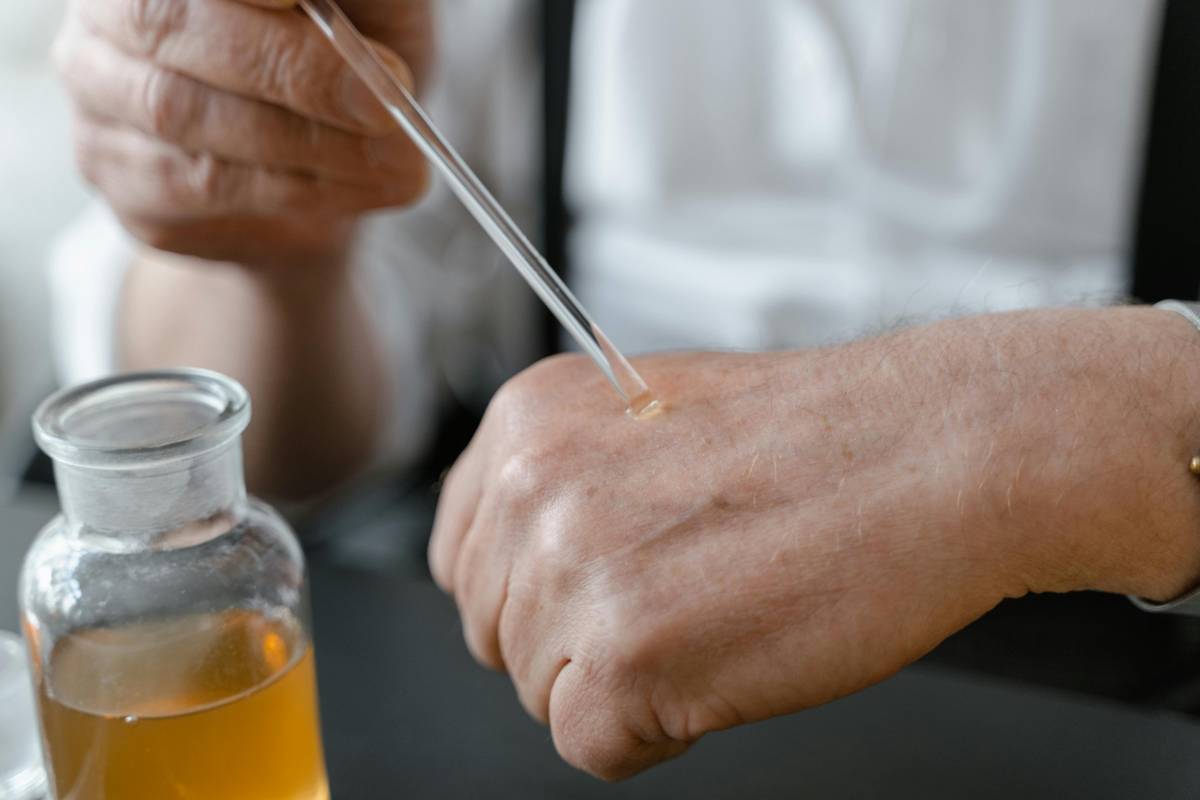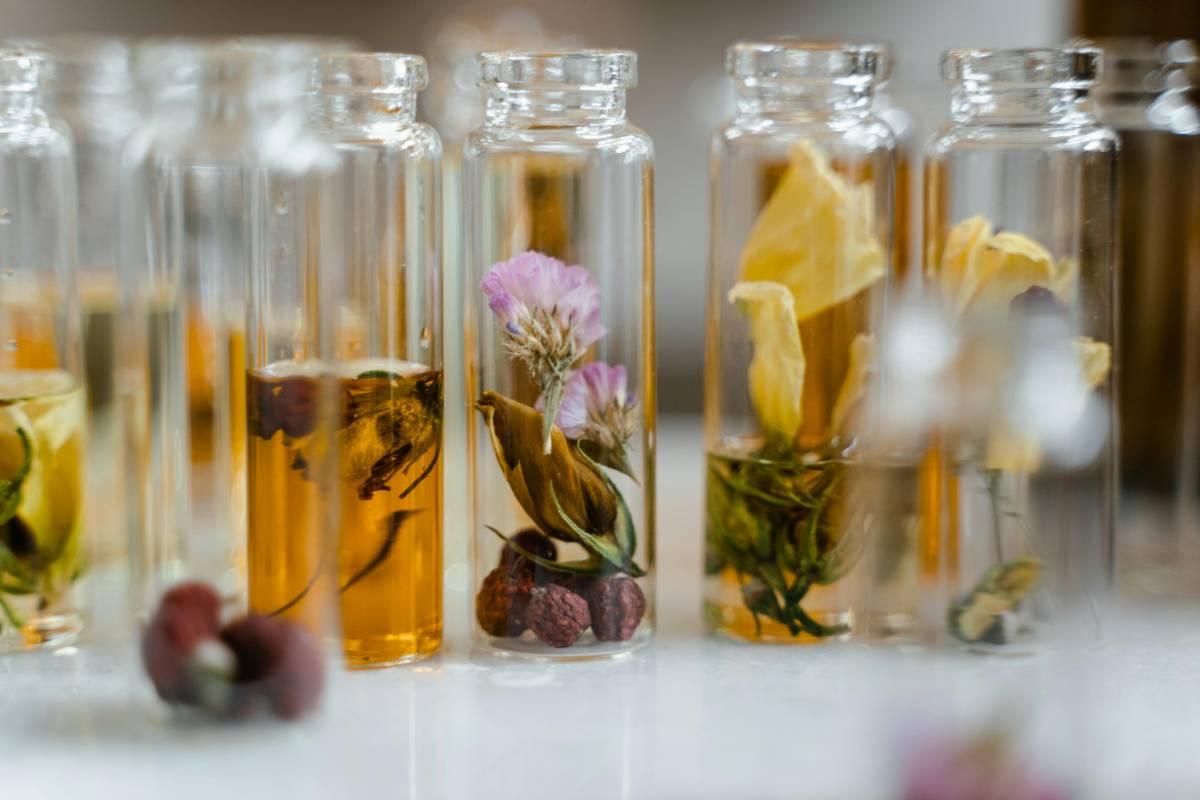
Fragrance layering, once a secret of industry insiders, is now a cherished ritual for those seeking a personalized olfactory signature. It’s the art of combining multiple scents to create something uniquely yours.
1. Understand the Basics of LayeringStart with lighter scents and build up to heavier ones. Think of fragrance like music—top notes are your introduction, heart notes are the melody, and base notes are the rich finale.
2. Know Your NotesChoose perfumes with complementary notes. Vanilla pairs well with woods, citrus brightens florals, and musk enhances spice. Avoid overpowering combinations by sticking to two or three fragrances.
Select a foundational scent—usually something warm or neutral like musk, amber, or sandalwood. This anchors the composition and blends well with most other perfumes.
💡 Discover More from Fragrance
Your second fragrance should add dimension. A bright citrus can lift a smoky base, or a floral note can soften a spicy composition. Think in terms of contrast and balance.
5. Application Order MattersSpray the heavier scent first, followed by the lighter one. Apply one to your pulse points and the other to your clothes or hair for diffusion and longevity.
6. Experiment on Skin, Not StripsFragrance layering is a personal experience—your skin chemistry will affect how scents evolve. Always test combinations on your skin before wearing them out.
7. Less Is MoreLayering doesn’t mean dousing yourself in multiple perfumes. Start with one spray of each to avoid overwhelming the senses. Adjust intensity as you learn what works.
8. Try Pre-Curated Layering SetsSome niche brands offer layering duos or trios that are designed to work together. It’s a great way to explore without the guesswork.
9. Make It a Daily RitualFragrance layering isn’t just about scent—it’s a form of self-care and creative expression. Make it part of your morning ritual to match your mood and style.
10. Keep a Scent JournalDocument your favorite combinations, what notes stood out, and how long they lasted. Over time, you’ll refine your personal signature and understand your olfactory preferences better.
ConclusionMastering the art of fragrance layering turns everyday perfumery into an experience of luxury and identity. With intention and creativity, you can craft a scent that’s as nuanced and unforgettable as you are.
Stay in the Loop

Olivia Turner
Expert in Legal Writing & Research
Olivia Turner is an advocate for legal clarity and accessibility. With years of experience in law, they bring a meticulous and thoughtful approach to each article, offering readers insightful analysis of complex topics.
Discover More About Olivia TurnerYou Might Also Like
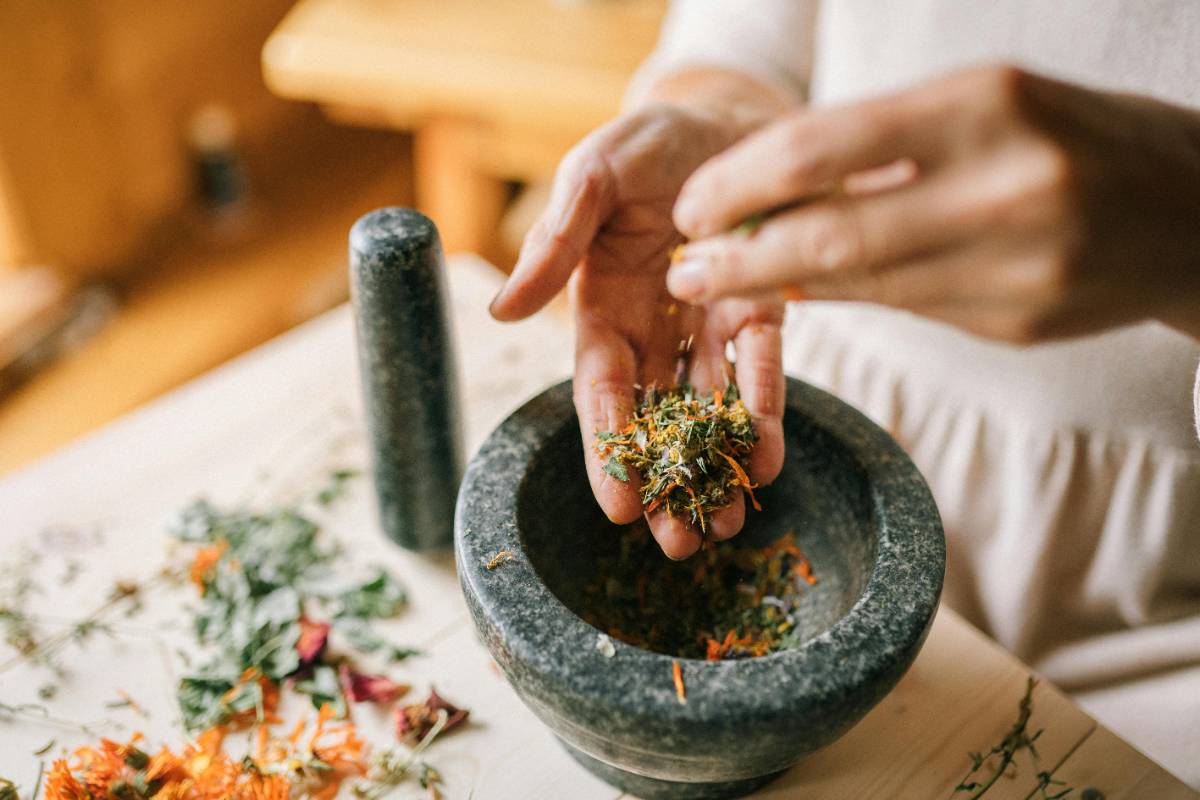
Wellness
Ayurveda to Aromatherapy: A Guide to Global Healing Rituals in Luxe Spas
In an era where luxury meets mindfulness, global healing rituals have become the centerpiece of upscale spa experiences. From ancient Ayurvedic practices in India to delicate French aromatherapy, the world of wellness has never felt more indulgent—or interconnected.***1. The Timeless Appeal of AyurvedaOriginating more than 5,000 years ago in India, Ayurveda emphasizes balance between the body, mind, and spirit. Luxe spas worldwide now offer personalized Ayurvedic therapies like Abhyanga (warm oil massage), Shirodhara (forehead oil streaming), and dosha-specific detox diets.***2. Aromatherapy: The European TouchAromatherapy, particularly popular in France and the UK, uses essential oils derived from herbs and flowers to stimulate relaxation and healing. In premium spas, therapists use lavender, rosemary, and neroli oils in synergy with light massage, creating a calming multisensory experience.***3. Japanese Onsen & Forest BathingIn Japan, healing often means immersing yourself in nature. Luxury resorts now incorporate "Shinrin-yoku" (forest bathing) and traditional Onsen hot springs into curated spa journeys. These offer detoxification, improved blood circulation, and profound mental clarity.***4. Turkish Hammams: A Communal RitualA staple of Middle Eastern wellness, the Turkish Hammam offers a ritualistic deep cleanse. In five-star resorts across Istanbul and Dubai, marble steam rooms and kessa mitt exfoliation sessions recreate the authentic, centuries-old traditions of rejuvenation.***5. Scandinavian HydrotherapyNordic spas, especially in Iceland and Sweden, emphasize cold plunges, steam baths, and saunas in structured cycles. This contrast therapy boosts circulation and strengthens immunity. High-end retreats often include ice-cold waterfalls and thermal lagoons as part of the hydro circuit.***6. Balinese Energy HealingRooted in spirituality, Balinese healing includes chakra balancing, crystal therapy, and reiki-style energy cleansing. Many resorts now partner with local healers to offer guests a deeply cultural and restorative experience amid jungle or coastal settings.***7. Moroccan Rhassoul RitualsThe use of Rhassoul clay in Moroccan traditions provides mineral-rich detoxification. Luxury hammams often follow a multistep approach: black soap cleansing, steam, clay application, and aromatherapeutic massage—leaving skin radiant and spirit revitalized.***8. Tailored Healing JourneysModern luxury spas don’t just offer treatments—they craft holistic healing journeys. Guests can curate their path with the help of wellness consultants, blending rituals like Ayurveda and aromatherapy into a multi-day immersive escape designed for restoration.***Conclusion: Cultural Wisdom in Modern ComfortAs wellness becomes more global and experiential, the marriage of age-old healing practices with luxurious amenities is redefining the spa landscape. The true essence of luxury now lies in honoring ancient wisdom while enveloping it in modern serenity.

Fragrance
How to Layer Fragrances Like a Perfume Connoisseur
Fragrance layering, once a secret of industry insiders, is now a cherished ritual for those seeking a personalized olfactory signature. It’s the art of combining multiple scents to create something uniquely yours.***1. Understand the Basics of LayeringStart with lighter scents and build up to heavier ones. Think of fragrance like music—top notes are your introduction, heart notes are the melody, and base notes are the rich finale.***2. Know Your NotesChoose perfumes with complementary notes. Vanilla pairs well with woods, citrus brightens florals, and musk enhances spice. Avoid overpowering combinations by sticking to two or three fragrances.***3. Choose a Base FragranceSelect a foundational scent—usually something warm or neutral like musk, amber, or sandalwood. This anchors the composition and blends well with most other perfumes.***4. Add a Contrasting or Enhancing LayerYour second fragrance should add dimension. A bright citrus can lift a smoky base, or a floral note can soften a spicy composition. Think in terms of contrast and balance.***5. Application Order MattersSpray the heavier scent first, followed by the lighter one. Apply one to your pulse points and the other to your clothes or hair for diffusion and longevity.***6. Experiment on Skin, Not StripsFragrance layering is a personal experience—your skin chemistry will affect how scents evolve. Always test combinations on your skin before wearing them out.***7. Less Is MoreLayering doesn’t mean dousing yourself in multiple perfumes. Start with one spray of each to avoid overwhelming the senses. Adjust intensity as you learn what works.***8. Try Pre-Curated Layering SetsSome niche brands offer layering duos or trios that are designed to work together. It’s a great way to explore without the guesswork.***9. Make It a Daily RitualFragrance layering isn’t just about scent—it’s a form of self-care and creative expression. Make it part of your morning ritual to match your mood and style.***10. Keep a Scent JournalDocument your favorite combinations, what notes stood out, and how long they lasted. Over time, you’ll refine your personal signature and understand your olfactory preferences better.***ConclusionMastering the art of fragrance layering turns everyday perfumery into an experience of luxury and identity. With intention and creativity, you can craft a scent that’s as nuanced and unforgettable as you are.
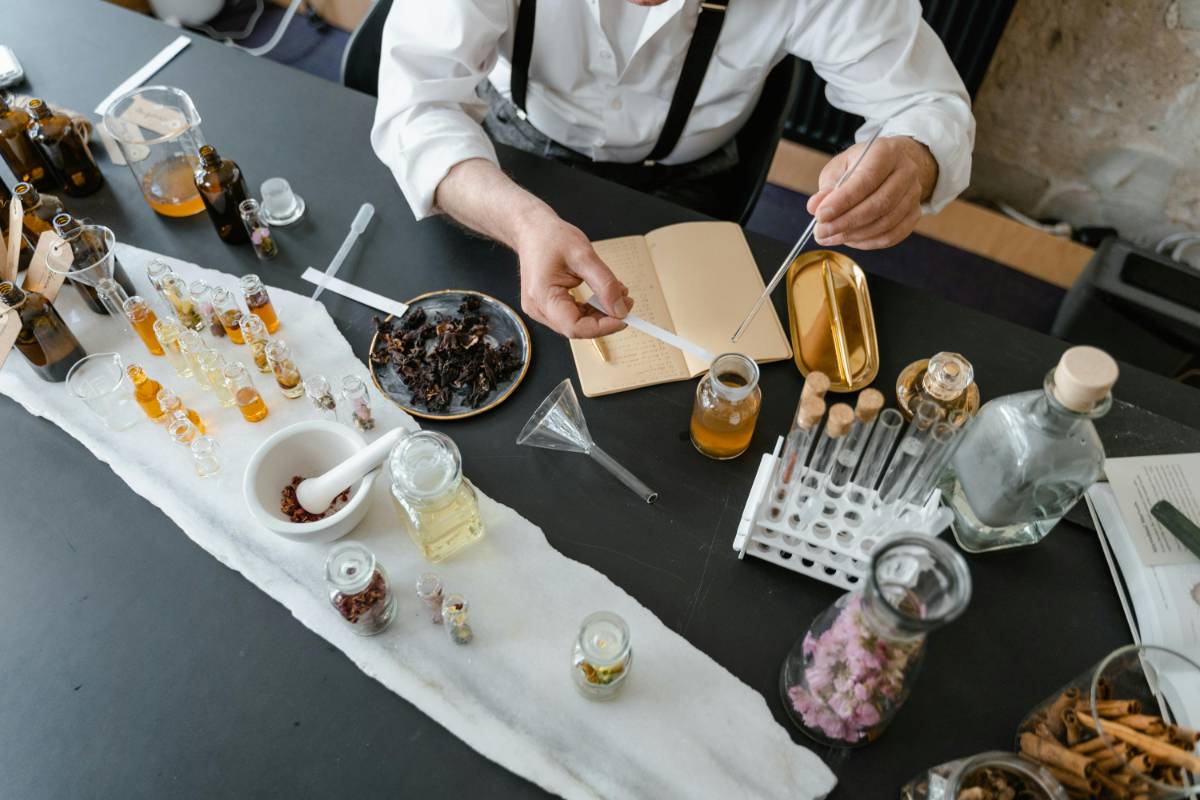
Luxury Skincare
The Science Behind Gold-Infused Skincare: Is It Worth the Splurge?
Gold has long been a symbol of luxury and opulence, but in recent years, it has become a prominent ingredient in high-end skincare products. From 24K serums to gold leaf face masks, this precious metal is being praised for its supposed anti-aging and anti-inflammatory properties. But is there real science behind these claims—or is gold-infused skincare just another luxury marketing trend?***1. The Allure of Gold in Beauty HistoryGold has been used in beauty rituals since ancient times. Cleopatra reportedly slept in a gold mask to maintain her legendary complexion. Similarly, ancient Chinese and Indian traditions incorporated gold for its rejuvenating qualities.Today, luxury brands are reviving this ancient trend in modern formulations.***2. Anti-Inflammatory PropertiesColloidal gold, a suspension of gold nanoparticles, is believed to have anti-inflammatory effects. It may help reduce skin redness, calm acne-prone skin, and support sensitive complexions.However, dermatological research is still ongoing, and results are not yet universally conclusive.***3. Collagen Stimulation ClaimsSome luxury skincare brands claim that gold boosts collagen production, enhancing skin elasticity and firmness. Gold is said to activate the basal cells of the skin, which in turn may reduce fine lines and wrinkles.But scientists remain divided—some say these effects are anecdotal rather than evidence-based.***4. Enhanced Product AbsorptionGold particles are also said to help other active ingredients—like hyaluronic acid, peptides, or antioxidants—penetrate deeper into the skin.This carrier effect might explain why gold is often used in multi-ingredient formulations.***5. Antioxidant and Anti-Aging BenefitsAdvocates say that gold has antioxidant properties, which can protect against environmental stressors and slow the skin’s aging process.Yet, compared to proven ingredients like vitamin C or retinol, gold still lacks large-scale clinical backing.***6. Sensory & Aesthetic ExperienceThere’s no denying that gold-infused products offer a sensorial luxury experience. The shimmering textures and metallic hues elevate a skincare routine into a ritual.For many users, the indulgence factor alone justifies the higher price point.***7. Risks and Skin ReactionsSome dermatologists caution that gold may cause allergic reactions in sensitive individuals. Patch testing is essential before using gold-based products.Also, not all "gold" skincare includes real or beneficial forms of gold—some may use gold-colored pigments purely for visual appeal.***8. Price vs. PerformanceGold-infused creams and masks can cost hundreds of dollars. Are they significantly better than non-gold alternatives? In many cases, results may depend more on accompanying ingredients and overall formulation quality.Consumers should look beyond the glamour and check for clinically proven actives.***9. Who’s Using It?A-listers like Victoria Beckham, Naomi Campbell, and Kim Kardashian have endorsed gold-based treatments. High-end spas and luxury brands like La Prairie, Chantecaille, and Tatcha also feature gold in flagship products.This celebrity-backed trend helps maintain gold’s allure in skincare.***10. Final Verdict: Hype or Holy Grail?Gold-infused skincare products do offer some benefits—mainly in terms of anti-inflammatory effects and luxury experience. However, the science isn’t unanimous. If you're seeking proven anti-aging results, ingredients like retinoids, peptides, and antioxidants should still be your primary focus.***ConclusionGold-infused skincare stands at the intersection of ancient beauty rituals and modern luxury. While the sparkle may captivate, it's essential to weigh clinical efficacy against aesthetic appeal. For those who value indulgence and sensory delight in their routine, gold skincare might be worth the splurge. But for strictly results-driven users, it might just be glittering temptation.
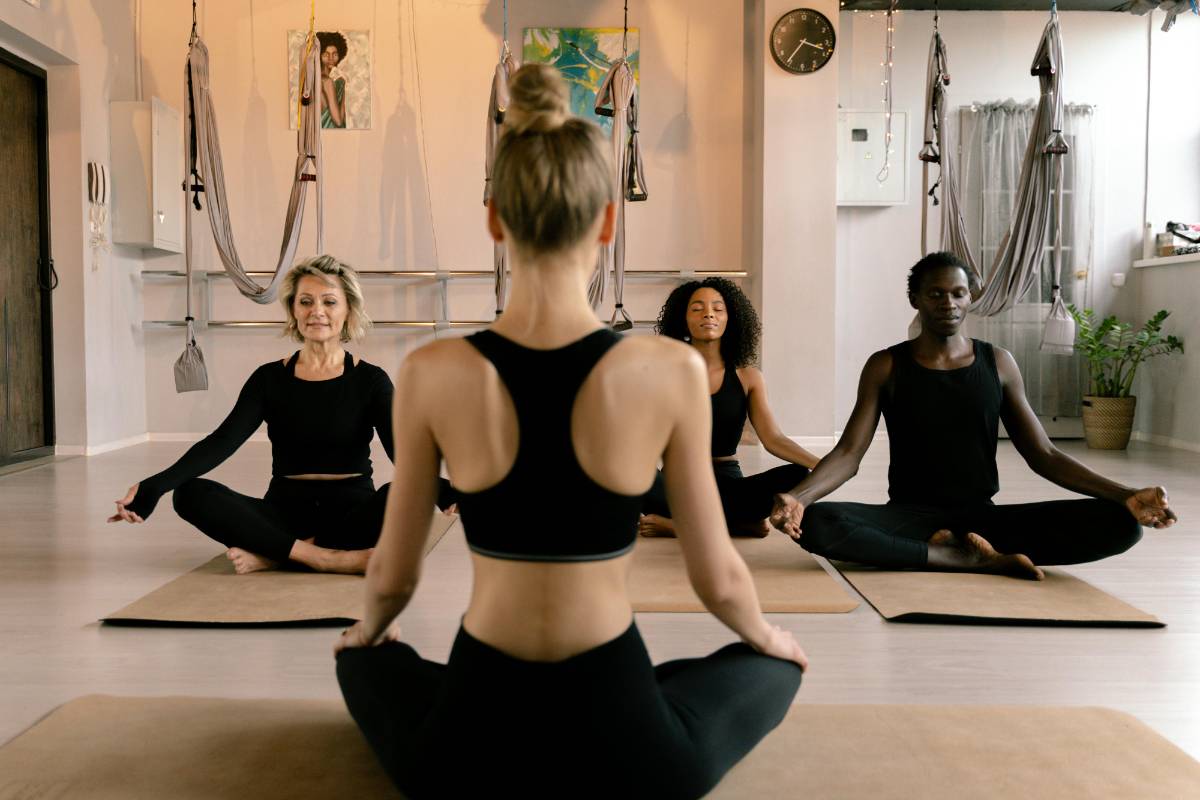
Wellness
Designer Yoga: Where Couture Meets Inner Calm
Yoga has long been associated with simplicity and serenity, but a new wave is elevating the practice with high fashion and curated environments. Welcome to the world of Designer Yoga — where couture meets inner calm, and wellness takes on a luxurious, stylish form.***1. The Evolution of a Timeless PracticeYoga has transcended its ancient roots to become a global lifestyle movement. But now, luxury fashion houses and wellness brands are merging the spiritual with the sartorial. The focus isn’t just on perfecting your downward dog — it’s on how your mat, outfit, and surroundings align with your personal aesthetic.***2. Couture on the MatFrom Lululemon x Roksanda collections to Alo Yoga’s limited-edition silk sets, yoga wear has undergone a transformation. Think cashmere-blend leggings, sculpted bras, and monogrammed wraps. Brands like Dior, Stella McCartney, and Tory Sport have introduced yoga capsules that blend comfort with high-end fashion.***3. Designer Yoga StudiosStep into studios that feel more like art galleries. Picture minimalist interiors with Italian marble floors, Japanese hinoki wood walls, and custom ambient lighting. Luxury wellness spaces in cities like Paris, LA, and Dubai offer curated soundscapes, bespoke scent diffusions, and state-of-the-art ventilation.***4. Meditation Meets MinimalismDesigner yoga emphasizes calm through design. Meditation corners are lined with linen drapes, matte ceramic bowls, and handcrafted zafus. These thoughtfully styled environments enhance the experience, merging form with function to ground the senses.***5. Elevated AccessoriesEven props have received a makeover. From vegan leather yoga mats by B MAT to marble-finish water bottles and Swarovski-embellished eye pillows — every element is selected for both utility and beauty. The result is a ritual that feels indulgent yet deeply intentional.***6. Wellness Retreats in StyleDesigner yoga is not limited to studios. High-end retreats in Tuscany, the Maldives, and the Swiss Alps now offer yoga under the stars, private sound bath sessions, and one-on-one posture correction led by celebrity instructors. It's a fully immersive luxury experience.***7. The Role of Influencers and CelebritiesStyle icons and wellness influencers have played a huge role in making designer yoga aspirational. From Gigi Hadid in The Upside to Gwyneth Paltrow’s Goop retreats, social media is flooded with serene poses in scenic spots — all impeccably styled.***8. More Than Just LooksDesigner yoga is not just about appearances. These elevated spaces and fashion-forward outfits foster a deeper commitment to the practice. When the surroundings and garments make you feel powerful and serene, the connection to your breath and body deepens.***9. Accessibility vs ExclusivityWhile some argue that this movement commercializes yoga, others see it as a natural evolution — a way to bring beauty and design into all aspects of life. Designer yoga encourages mindfulness with a modern twist, and for many, that fusion enhances dedication.***10. The Future of Fashion WellnessThe fusion of luxury fashion and wellness is just beginning. Expect to see tech-integrated yoga wear, AI posture tracking, and subscription boxes with limited-edition designer props. As personal wellness becomes part of one’s brand, couture yoga is evolving as both a trend and a lifestyle.***ConclusionDesigner yoga isn’t about ego — it’s about harmony. Harmony between fashion and function, serenity and self-expression. It’s a movement that celebrates beauty, presence, and the idea that your sanctuary can be as stylish as it is soulful.

